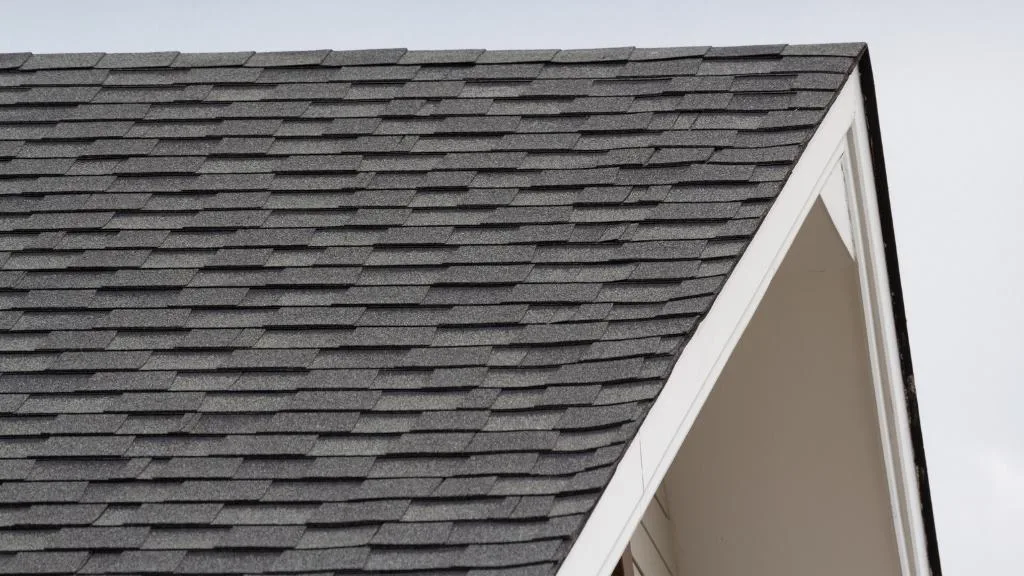
Are you curious about what materials are used to make roof shingles? Understanding the composition of your roof is essential when it comes to maintenance and repairs.
Roof shingles are a popular roofing material due to their durability, aesthetic appeal, and affordability. In this comprehensive guide, we will explore the various materials that make up roof shingles, including asphalt, wood, metal, slate, and more.
Keep reading to learn everything you need to know about what roof shingles are made of.
Types of Roof Shingles
When it comes to choosing the right roof shingles for your home, there are various types of materials available. Each type has its unique benefits, so it’s essential to choose the right one based on your budget, design, and other preferences. Here are some of the most common types of roof shingles:
Asphalt Shingles
Asphalt shingles are the most popular type of roofing material used in the US. They are made of fiberglass matting and coated with asphalt and ceramic granules.
They come in a wide range of colors and styles, making them a popular choice for homeowners. They are also affordable and easy to install, making them a go-to option for roofing contractors.
Wood Shingles
Wood shingles are made of cedar, redwood, or pine. They give a natural look to your home and are eco-friendly. They are also durable and can last up to 50 years with proper maintenance.
However, they are more expensive than asphalt shingles and require regular maintenance to prevent rot and decay.
Slate Shingles
Slate shingles are made of natural stone and are known for their durability and water-resistant properties. They come in various colors and designs and can last up to 100 years.
However, they are expensive and require specialized installation techniques.
Tile Shingles
Tile shingles are made of clay or concrete and come in various colors and designs. They are fire-resistant and can withstand strong winds.
They are also durable and can last up to 50 years. However, they are heavy and require specialized installation techniques.
Metal Shingles
Metal shingles are made of aluminum, copper, or steel and come in various colors and designs. They are fire-resistant and can withstand strong winds.
They are also durable and can last up to 50 years. However, they are expensive and require specialized installation techniques.
Composite Shingles
Composite shingles are made of a mixture of plastic and resin, making them fire-resistant and durable. They come in various colors and designs and can last up to 50 years.
They are also lightweight and easy to install, making them a popular choice for roofing contractors.
In conclusion, when choosing the right roof shingles for your home, consider your budget, design, and other preferences. Each type of shingle has its unique benefits, so make sure to choose the one that best suits your needs.
Consult with a roofing contractor for expert advice on the best option for your home.
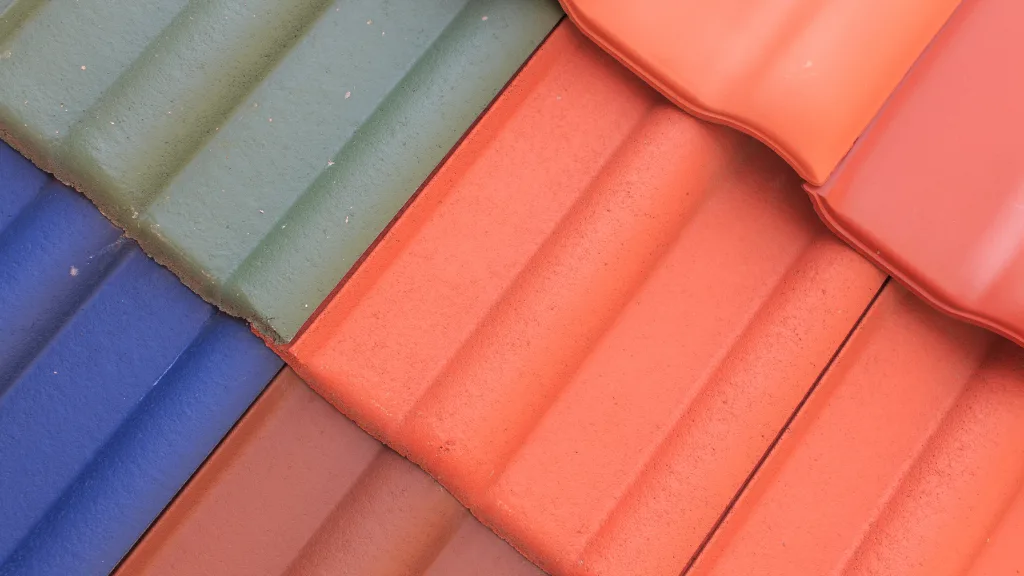
Materials Used in Roof Shingles
When it comes to roof shingles, there are various materials used in their construction. In this section, we will take a closer look at the different materials used in making roof shingles.
Fiberglass Mat
Fiberglass mat is a crucial component in the construction of roof shingles. It is made up of glass fibers that are woven together to form a sheet. The fiberglass mat provides strength and durability to the shingle, making it resistant to tears and punctures.
Asphalt Sealant
Asphalt sealant is another essential component in the construction of roof shingles. It is a thermally-activated adhesive that is used to bond the different layers of the shingle together.
The sealant also provides waterproofing to the shingle, making it resistant to moisture.
Granule Surfacing
The granule surfacing is the outermost layer of the shingle, and it is responsible for providing weather resistance and protection against UV rays.
The granules are made up of mineral powder, sand, and other materials that are coated with a layer of ceramic to make them more durable.
The following table summarizes the materials used in the construction of roof shingles:
| Material | Description |
|---|---|
| Fiberglass | Provides strength and durability to the shingle |
| Asphalt Sealant | Provides waterproofing and bonds the different layers of the shingle together |
| Granules | Provide weather resistance and protection against UV rays |
| Binders | Holds the granules in place |
| Resins | Provides flexibility and resistance to cracking |
| Fiberglass Mat | Provides strength and durability to the shingle |
| Sand | Provides weight and texture to the shingle |
| Glass Fibers | Provides strength and durability to the shingle |
| Mineral Powder | Used in the granule surfacing |
In addition to the materials listed above, some manufacturers also use organic materials such as pine, steel, and rubber in the construction of roof shingles. These materials are usually used in specialty shingles that are designed for specific applications.
The backsurfacing of the shingle is also an important component that provides additional protection against wind damage. It is made up of a layer of asphalt sealant that is coated with a layer of granules.
Finally, it is worth noting that some shingles come with additional features such as an algae-resistant granule or a thermally-activated asphalt sealant that helps to improve the shingle’s performance.
In summary, the materials used in the construction of roof shingles play a crucial role in determining the shingle’s durability, weather resistance, and overall performance.
When choosing a shingle, it is important to consider factors such as the materials used, the individual shingle’s class A fire rating, and the packaging.
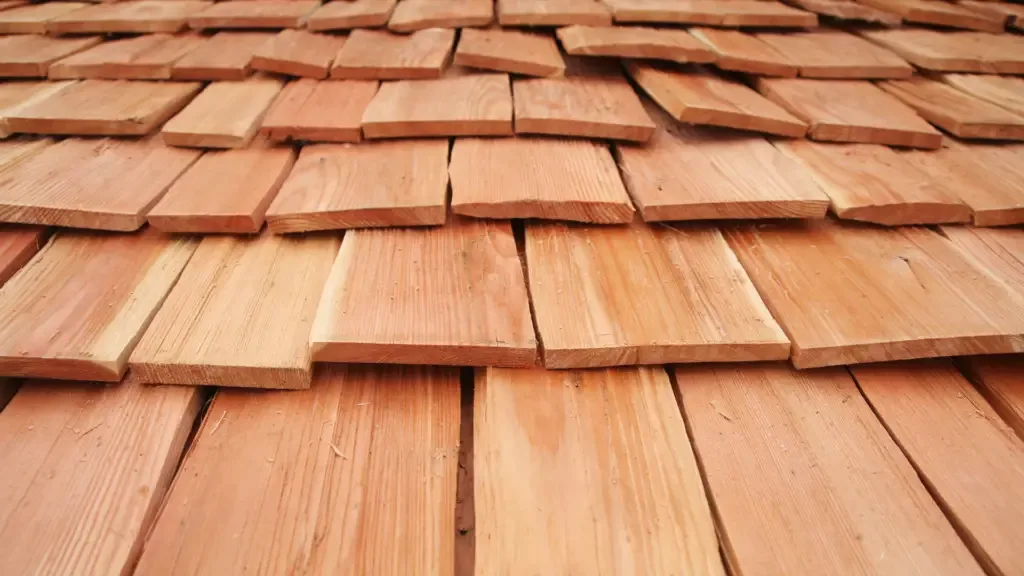
Installation and Maintenance
When it comes to installing and maintaining your roof shingles, there are a few key things to keep in mind. Proper installation and maintenance can help ensure that your roof lasts for many years to come.
Here are some tips to help you get started:
Roof Deck Preparation
Before you begin installing your shingles, it’s important to make sure that your roof deck is properly prepared. This includes ensuring that the deck is clean, dry, and free from any debris or damage.
It’s also important to make sure that your roof deck is properly insulated to help prevent heat loss and improve energy efficiency.
Shingle Installation
When it comes to installing your shingles, there are a few different options to choose from. Dimensional shingles are a popular choice in North America and are widely available from roofing contractors and home improvement stores.
These shingles are easy to install and come in a variety of colors and styles to suit your needs.
To install your shingles, start by laying a row of starter shingles along the eaves of your roof. Then, begin laying your shingles in a staggered pattern, working your way up the roof.
Use dragon tooth shims to ensure that your shingles are properly spaced and bonded to the roof deck.
Finally, apply a layer of mineral granules to help protect your shingles from algae growth and weathering.
Maintenance
Once your shingles are installed, it’s important to keep them properly maintained to ensure their longevity. This includes regularly inspecting your roof for any signs of damage, such as hail or rain damage.
It’s also important to keep your roof clean and free from debris, such as leaves and branches, to prevent any potential damage.
In addition to regular inspections and cleaning, it’s also important to have your roof professionally inspected and maintained by a roofing contractor every few years.
This can help identify any potential issues before they become major problems and help ensure that your roof lasts for many years to come.
Overall, proper installation and maintenance are key to ensuring that your roof shingles last for many years to come. By following these tips and working with a professional roofing contractor, you can help ensure that your roof is properly installed and maintained for maximum longevity and performance.
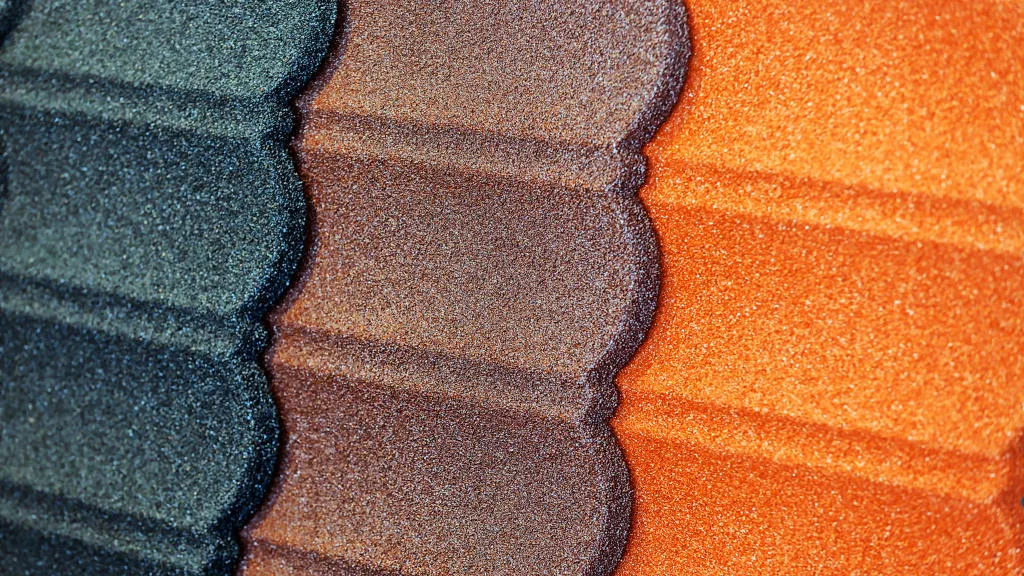
Aesthetics and Design
When it comes to choosing roof shingles, aesthetics and design play a significant role. You want your roof to not only protect your home but also look good. Here are some important factors to consider:
Color and Style
Roofing shingles come in a variety of colors and styles. Choosing the right color and style can enhance the overall look of your home.
Some popular colors include black, brown, gray, and red. However, you can also find shingles in more unique colors like green, blue, and even pink.
When selecting a color, consider the style of your home and the surrounding environment. For example, if your home is in a wooded area, you may want to choose a color that blends in with the natural surroundings.
In addition to color, shingles also come in different styles. Three-tab shingles are the most common and affordable option.
However, architectural shingles have become increasingly popular due to their textured appearance, which mimics the look of more expensive materials like cedar shake and tile.
Backsurfacing
Backsurfacing is an important design feature that affects the lifespan and durability of your roof. Backsurfacing refers to the material on the underside of the shingle that provides protection against moisture and heat.
Organic shingles typically have a layer of felt paper on the back, while fiberglass shingles have a layer of fiberglass mat. Fiberglass shingles are generally more durable and longer-lasting than organic shingles.
When choosing shingles, consider the climate in your area. If you live in a hot and humid climate, you may want to choose shingles with a higher backsurfacing rating to protect against heat and moisture damage.
In summary, when choosing roof shingles, consider the color and style that best complements your home and environment. Additionally, pay attention to the backsurfacing material to ensure your roof is durable and long-lasting.
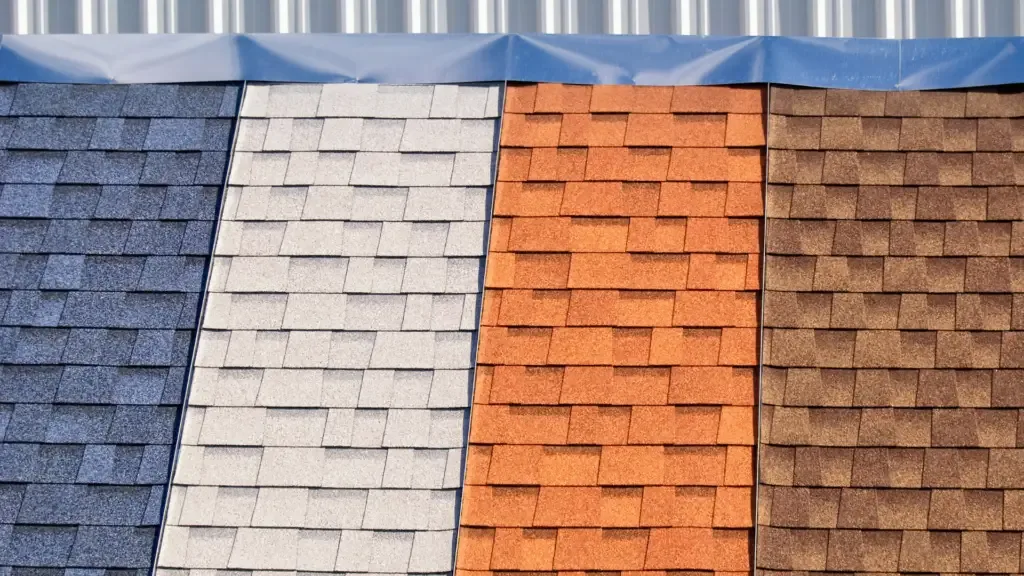
Conclusion
In conclusion, roof shingles are an essential component of any roofing system. They provide protection from the elements, enhance the aesthetic appeal of your home, and increase its overall value.
There are various types of shingles available in the market, and you can choose the one that best suits your needs and budget.
When selecting shingles, it’s essential to consider the material, color, style, and durability. Organic materials such as wood, asphalt, fiberglass, and cork are popular choices, while inorganic materials like clay, concrete, metal, stone, or slate offer excellent durability and longevity.
It’s also crucial to consider the cost of the shingles, including the installation fees, maintenance costs, and any warranties offered by the manufacturer. Comparing different brands and types of shingles can help you make an informed decision and ensure that you get the best value for your money.
Overall, choosing the right shingles for your roof can be a daunting task, but with the right information and guidance, you can make an informed decision.
By considering the factors mentioned above and consulting with a professional roofing contractor, you can ensure that your roof is well-protected and looks great for years to come.

